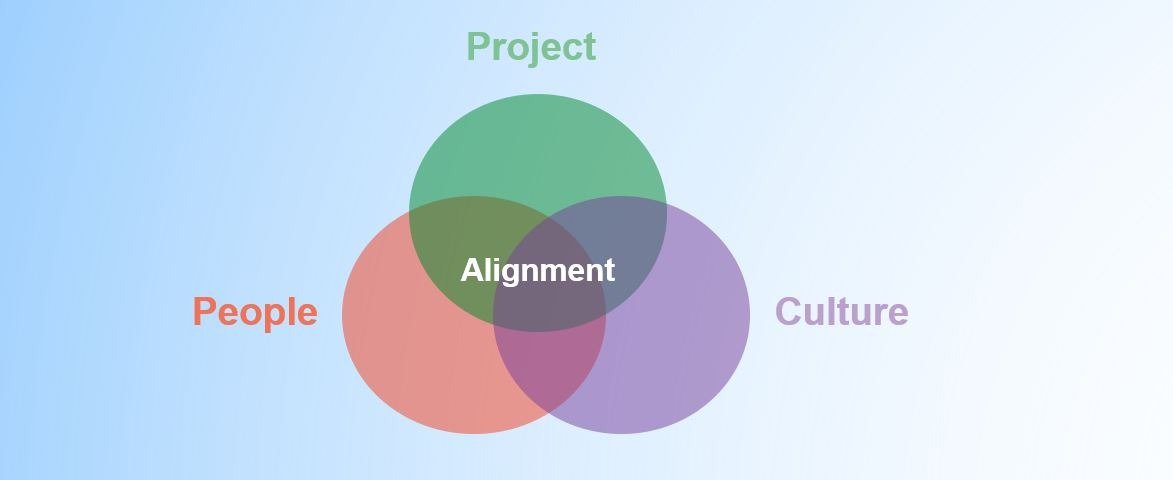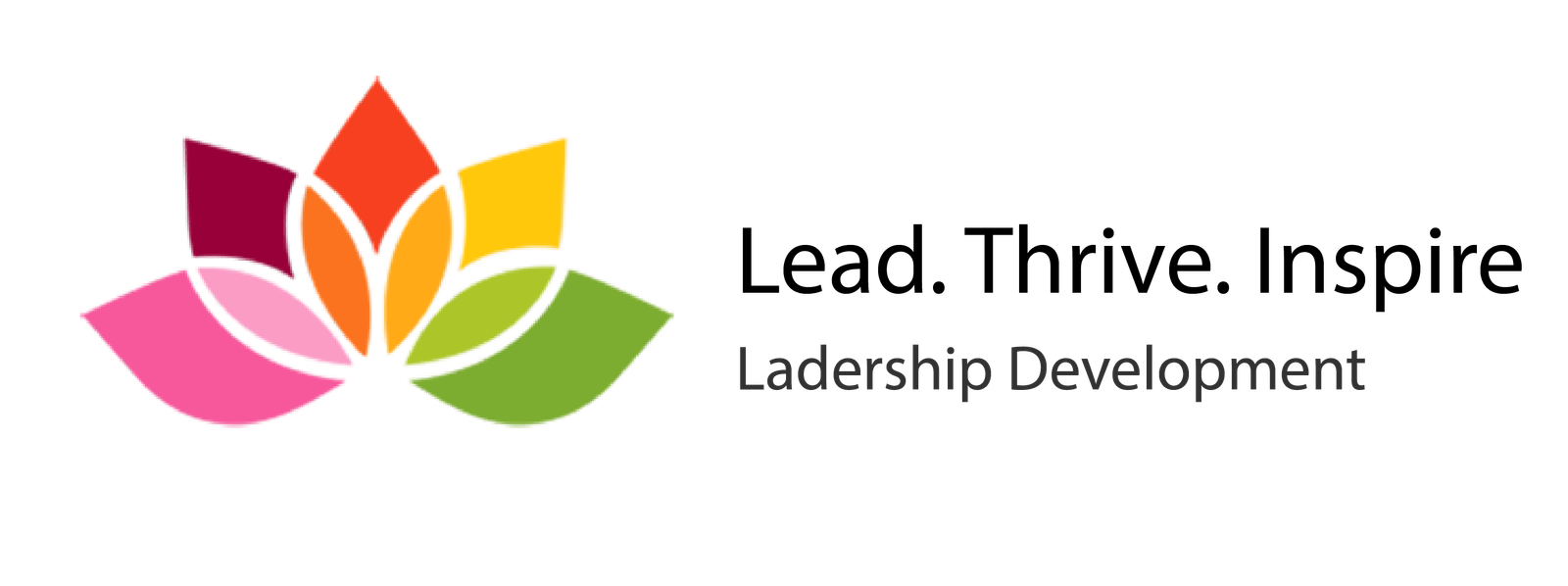
The current pandemic has caught us in the midst of a workplace transition. It is only in the last few decades that organizations have begun to shift their focus from the Product and Client towards the People and Culture of the organization. A clear example of this process can be seen through the transition from “Manpower” to “Human Resources” and later to “People Operations”, “Employee Experience,” “Employee Success” and even “Team Culture”.
Covid and the need for hybrid work during extended periods (over two years and counting, at the time of writing this article) has created a shift in both employees’ and employers’ needs and wants and accelerated this natural process of change.
Although it is normal for both employees and leaders to be too swamped with work during periods of crisis, it is essential to realize that this is also an opportunity to reassess and play an active role in co-creating the post-pandemic workplace.
While no one knows for sure what the future holds, pre-Covid research on remote work dating back to the ’60s and current surveys give us a glimpse of our employees’ new needs and changed priorities as well as how our future workplace would look. These glimpses also allow leaders and organizations interested in being ahead of the curve to make the needed modifications today and be better positioned to retain and attract the best talent in the future.
As leaders often struggle to find their footing in these new and fast-changing workplace environments, this article proposes a simple framework for co-creating a new hybrid work environment through a series of structured team-wide conversations using three distinct lenses: Project, People and Culture.
The 3-lens Framework
When discussing the future of the workplace and hybrid work, it is important to note that most organizations and leaders attempt to “flatten” or simplify the scope of possibilities by looking through their preferred lens while ignoring other– often contradicting–needs of both leaders and employees.
As each team and organization is unique, using the 3-lens framework offers the basis for open and candid team-wide discussions that allow the co-creation of the most suitable workplace environment.
While many of the conflicts between Project, People and Culture existed way before the pandemic, managing teams and organizations today is more convoluted due to the emerging need for hybrid work. As Satya Nadella, Microsoft CEO, said: “Everything becomes more complex, not less complex, in hybrid work.“ [1]
The People lens
The people lens focuses on the emerging employee needs in the aftermath of Covid-19. Recent surveys on the future of the workplace observe that although employees’ needs have drastically changed during the pandemic, many leaders are still working under past assumptions and urgently need a wake-up call. We refer to this chasm between employees and employers as The Divide.
The Divide
The Divide is one of the leading causes of what is now referred to as “The great resignation” it is, for the lack of a better word, a mismatch between the needs of employees and leaders on three primary levels:
(1) Flexible, not rigid: Employees want more flexibility than their leaders actually realize.
(2) Personal, not Transactional: Employees’ needs have shifted towards personal relationships while leaders primarily offer transactional relationships.
(3) Now, not later: Leaders are trying to weather the storm today while waiting for calmer seas in the future, whereas employees want to see change happening now.
Flexible, not rigid:
While 88% of leaders believe that the post-pandemic workspace will return to the typical core office days of at least 3-4 office days a week, 83% [2] of employees are interested in a much more flexible hybrid work environment with many employees aiming towards at least 3 days of remote work a week [3].
This gap between the current mindset of leaders and employees is more far-reaching than most employers realize, as hybrid work is no longer considered a special privilege but a basic workplace requirement. In fact, 64% of the employees say they prefer permanent work from home over a 30,000 USD raise [4] and 42% of the current remote workers prefer quitting their job if their employer will not allow hybrid work in the future. [5]
Personal, not Transactional:
In parallel with the growing need for work flexibility and work-life balance, a survey of 5.5 million employees [6] shows that the top 3 employee needs today have shifted (mostly unbeknownst to their managers) from greater achievement, learning, and pay to greater belonging, a sense of purpose and support from the manager. While the former needs are still important, meeting them without investing in the latter is no longer enough to retain and attract the best employees.

Figure 1: employees’ needs have changed during the pandemic
Now, not later:
Aside from the initial shock of the pandemic, surveys from the first few months of 2020 show a surprising upsurge in employee engagement and wellbeing [7]. Yet, as the months have passed and no end is in sight, employees are growing weary. While leaders are waiting in the hope that the storm will clear soon, employees feel the need for change to occur today. One clear sign of this process is the sharp increase in accomplished, talented employees resigning, changing workplaces or leaving the workspace entirely due to their frustration with the rigidness of the current workplace policies [8].
Co-creation questions through the People lens
Here is a set of semi-structured questions leaders need to start asking their employees:
· What are your current needs? What is important to you today?
· What motivates you or inhibits you today in the pandemic working environment?
· What is the single biggest issue arising for you from the hybrid workplace?
· If the leadership team could do one thing to improve your work life, what would it be?
· What is the single best thing to come out of the pandemic working environment that leadership should aim to retain?
· How comfortable are you sharing your aspirations with your leadership/mentor/ peers? What is inhibiting this kind of communication? What would make it easier?
· How can I help? What do you need from me in order to succeed?
· What would help or allow you to feel that you belong here?
· How can we create and maintain the team’s togetherness/esprit de corps?
Note: As employees’ needs are shifting away from the transactional relationship, the mere initiative of showing genuine personal curiosity and interest can create a shift in teams (remember that support from the manager is one of the three top employee’s needs today). Additionally, the process of rewards and promotion in a Hybrid Culture needs to be assessed and communicated as part of this discussion.
The Project Lens
The Project lens focuses on the organization’s ability to deliver on its commitment, allowing the high quality of work to be carried out by the right staff in a timely, productive and efficient manner. The Project lens marks a clear and coherent “bottom line” using logical charts and graphs and is much easier to track as opposed to the other two fuzzier lenses. This is one reason many managers cling to it, especially in rough seas.
Hybrid levels of autonomy
While projects need to be delivered, hybrid work adds an extra layer of complexity to the Project lens, as it makes it increasingly difficult to coordinate and put “butts-in-seats” for each project. This new layer of complexity is due to Task Autonomy and Work Autonomy.
Task Autonomy has two distinct factors:
1. How much coordination between multiple employees is needed to complete the task.
2. Does the task demand synchronous or asynchronous efforts to be completed.
If a task can be completed by a single employee or multiple employees asynchronously, it is considered to have higher task autonomy. Whereas, if it demands coordination of multiple employees synchronously, it is defined as having lower task autonomy.
The amount of granted employee flexibility defines Work Autonomy in terms of (1) timing, (2) space and (3) quantity of work.
If an employee works 8 hours a day in the office between 9 to 5, she is considered having low work autonomy, whereas working remotely, at any time of the day and as many hours a day is defined as having high work autonomy.
Interestingly, in an analysis of 2000 different work tasks, a recent report demonstrates that between 58% and 86% of all knowledge work can be done with a high level of work and task autonomy with no productivity loss [9]. This includes: learning, processing and analyzing new knowledge, interacting with people and computers, creative thinking, and establishing interpersonal relationships.
Co-creation questions through the Project lens
While most teams experience a mixture of synchronous and asynchronous Task autonomy as well as high and low Work autonomy depending on the employees, projects and project phases, understanding how these workstreams fit together and agreeing on detailed expectations upfront helps facilitate greater autonomy where and when possible.
Here is a set of semi-structured questions leaders need to consider:
· What levels of autonomy are best for our employees, projects and project phases?
· Which tasks in our organization or team are core/lower autonomy tasks? And which are higher autonomy?
· Which of our employees are core/lower autonomy employees? And which are higher autonomy?
· Which meetings/activities need a common location and/or a common time?
Tip: it is often best to start by using negation when defining the current levels of hybrid autonomy. Ask yourself: What are the tasks we can absolutely not do remotely? When do we need to be together (whether physically or time-wise)?
The Culture Lens
Culture is a strong predictor of the team and company’s success. The stronger the culture is, the less is needed in terms of limitations and procedures to ensure that high-quality work is being executed [11].
However, the need for hybrid work adds an extra layer of cultural ambiguity, leaving organizations struggling with four emerging challenges:
(1) Recapturing the glory days:
Surveys show that workplaces with a strong and positive culture could weather the first waves of the pandemic better than others. Yet, even they are currently showing signs of struggle and fatigue in keeping up with performance and productivity while retaining their current workforce engaged and content. These organizations now realize that it is increasingly difficult to maintain the same feeling of comradery that has fueled and connected team members in the past.
(2) Onboarding:
In addition to retaining the existing talent, new hires, some of whom are still unable to meet the teams face to face due to Covid restrictions, are reporting significant difficulties in assimilating the existing workplace culture [10]. This natural cultural-adaptation process often takes up to 18 months [11] and is now slowed down or even halted due to the lack of physical interactions between team members.
(3) A culture of trust:
The weakening of the organizational culture due to hybrid work also erodes trust among employees and between managers and employees [12]. The prolonged absence of in-person interactions makes it more challenging to know if others participate fairly in carrying the workload. These suspicions lead towards a vicious cycle of excessive monitoring, which, in turn, breeds even more distrust.
(4) Striking a new balance:
While employees clearly want more flexibility and autonomy at work, there is also an emerging need for more belonging and personal connection between peers and leaders. Surfacing this inner conflict and striking the right balance between these seemingly contradicting needs is a part of the co-creation process of the future of the workplace culture.
Co-creation questions through the Culture lens
· What do you love about our culture? What should we let go of?
· Is the old culture still relevant? Do we need to update it? If so, what should we focus more on?
· What actions or processes should we do in order to help new hires better assimilate the culture?
· What obstacles prevent new hires from assimilating the organization’s culture?
· How can we build more trust in our team? What actions, discussions, or systems do we need to put in place?
· What would help us gain more flexibility while maintaining our culture strong?
A few final words
The pandemic is accelerating the natural process of change in our workplace. This transition focuses on the union of both the technical and the emotional. On the one hand, remote work demands an increasingly advanced technical solution and autonomy. On the other hand, employees are more adamant about their needs for flexibility and belonging being heard and taken into account.
This article suggests a 3-lens framework to help organizations, leaders, and their employees co-create the new post-pandemic workplace as they focus on reaching a higher level of productivity and efficiency while continuously retaining and hiring the best talent.
Resources:
[1] Satya Nadella, Microsoft CEO: https://twitter.com/satyanadella/status/1395726824181669895?lang=en
[2] McKinsey, 2021: It’s time for leaders to get real about hybrid
[3] The future of work, 2021: A hybrid work model
[4] Bizjournal, 2021: Work from home or a $30K raise? Employees said it wasn’t even close
[5] Prudential, 2021: Increasingly, workers expect pandemic workplace adaptations to stick
[6] indeed.com, 2021: Indeed Work Happiness Score
[7] Gallup, 2021: U.S. Employee Engagement Rises Following Wild 2020
[8] McKinsey, 2021: ‘Great Attrition’ or ‘Great Attraction’? The choice is yours
[9] McKinsey, 2020: What’s next for remote work: An analysis of 2,000 tasks, 800 jobs, and nine countries.
[10] The New World of Work, Workable survey, 2020
[11] No Rules Rules,2020 : Netflix and the Culture of Reinvention
[12] HBR,2021: WFH Is Corroding Our Trust in Each Other







